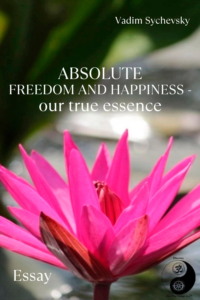Kitobni o'qish: «Absolute freedom and happiness – our true essence»
Biror narsa noto‘g‘ri ketdi, keyinroq qayta urinib ko‘ring
Janrlar va teglar
Yosh cheklamasi:
16+Litresda chiqarilgan sana:
04 iyun 2024Yozilgan sana:
2022Hajm:
174 Sahifa 7 illyustratsiayalarISBN:
978-0-3694-1126-6Mualliflik huquqi egasi:
Aegitas